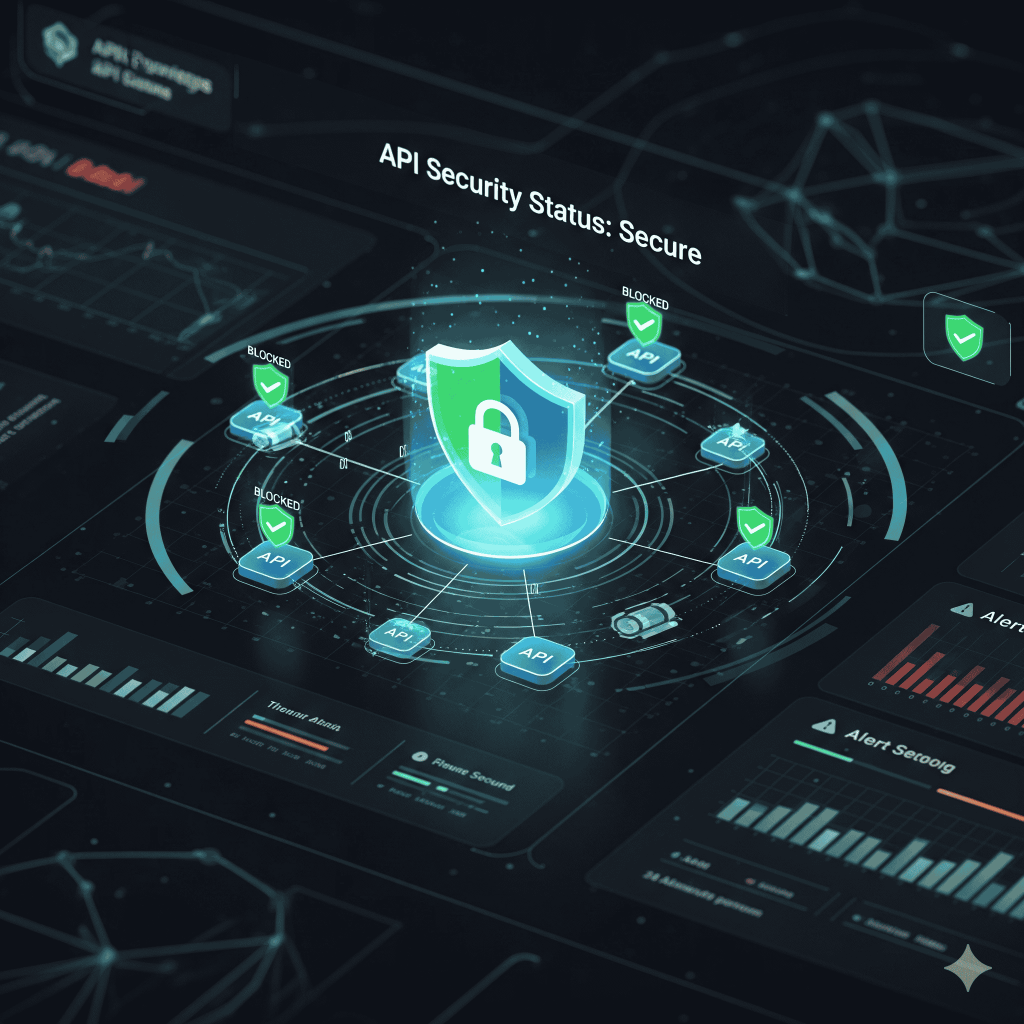Introduction
APIs are the backbone of modern web applications, enabling communication between services, apps, and devices. But with growing cyber threats in 2025, building secure REST APIs is more important than ever.
If your APIs aren’t properly secured, they become an easy target for hackers, data breaches, and unauthorized access. In this post, we’ll share the top best practices for securing REST APIs in 2025, so your applications stay safe, reliable, and scalable.
1. Use HTTPS Everywhere
Always secure your API with SSL/TLS encryption.
👉 This ensures all data between client and server is encrypted, preventing man-in-the-middle attacks.
2. Strong Authentication & Authorization
- Use OAuth 2.0 or JWT (JSON Web Tokens) for secure authentication.
- Assign roles and permissions to restrict user access.
- Never rely on API keys alone; combine them with secure authentication flows.
3. Validate Input Data
Unvalidated input can expose APIs to SQL injection, XSS, or buffer overflow attacks.
✔️ Always validate user input on both client and server-side.
✔️ Use libraries like Zod or Joi for schema validation.
4. Rate Limiting & Throttling
Prevent abuse and denial-of-service (DoS) attacks by limiting the number of API requests:
- Example: 100 requests per user per minute.
- Return standard error responses (
429 Too Many Requests) when limits are exceeded.
5. Use API Gateways
API gateways (like Kong, Nginx, AWS API Gateway) provide:
- Centralized authentication.
- Request/response logging.
- Load balancing & rate limiting.
6. Keep APIs Stateless
REST APIs should remain stateless, meaning each request must contain all necessary authentication details.
👉 This improves scalability and reduces risk from compromised sessions.
7. Secure Error Handling
Avoid exposing sensitive details (like stack traces) in error messages.
✔️ Return only necessary information, e.g., 400 Bad Request.
✔️ Log full errors internally for debugging.
8. Encrypt Sensitive Data
Even within the database, sensitive fields like passwords, tokens, and personal data should be encrypted.
- Use bcrypt for passwords.
- Encrypt environment variables and keys using secure vaults.
9. Enable CORS Safely
- Restrict allowed origins (don’t use
*in production). - Define specific allowed methods and headers.
10. Continuous Monitoring & Logging
✔️ Monitor unusual traffic with tools like ELK Stack, Datadog, or Prometheus.
✔️ Keep detailed logs of API requests for auditing and security reviews.
Conclusion
In 2025, API security is not optional — it’s essential. By following these best practices, businesses can protect sensitive data, ensure compliance, and build customer trust.
👉 At Redirect India, we specialize in secure API development and integrations. From authentication to monitoring, we ensure your APIs are both reliable and hacker-proof. Contact us to build secure APIs for your business.



